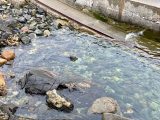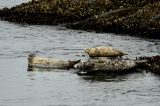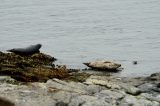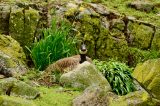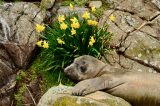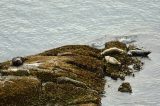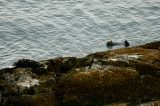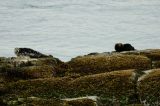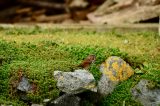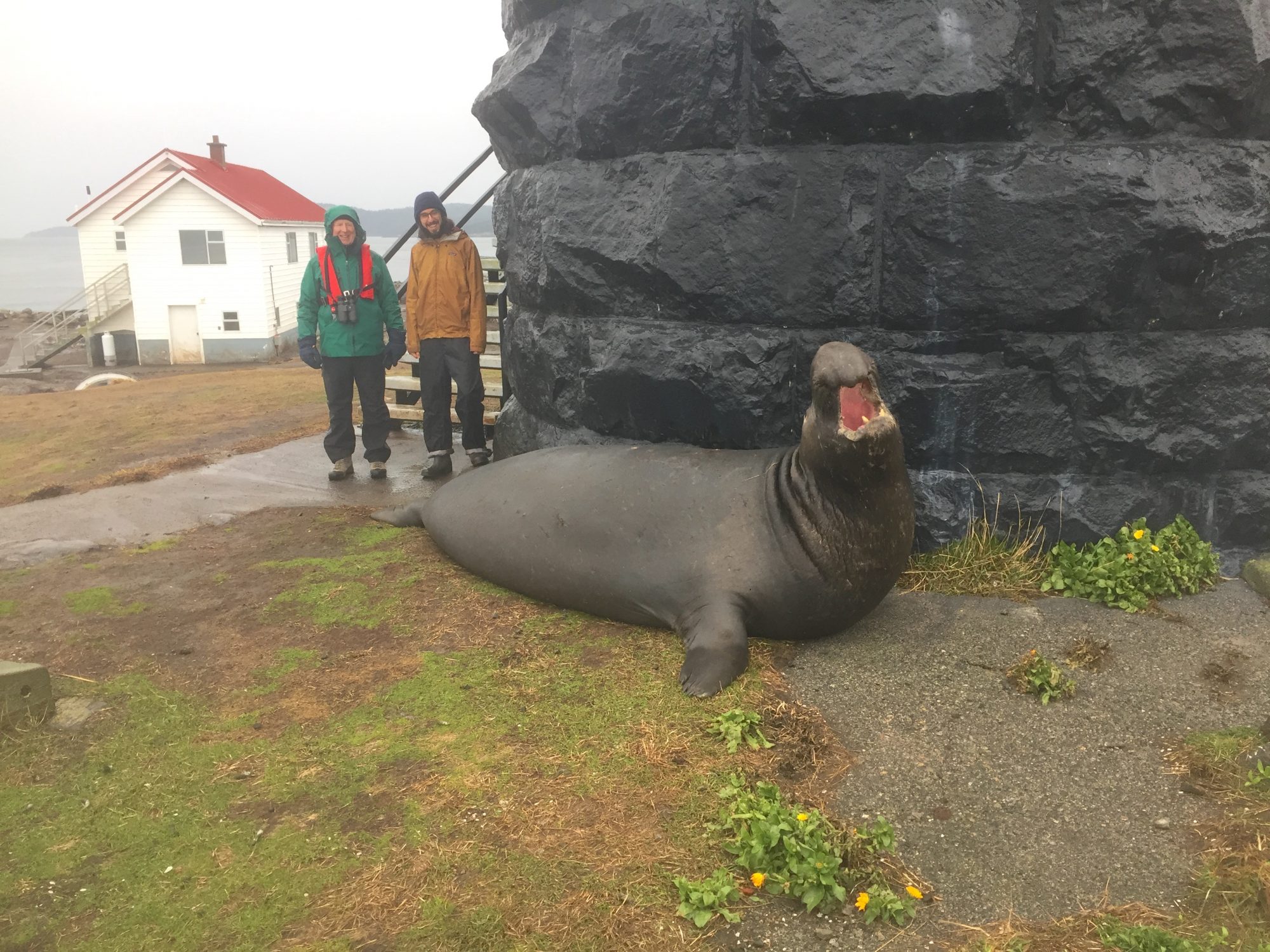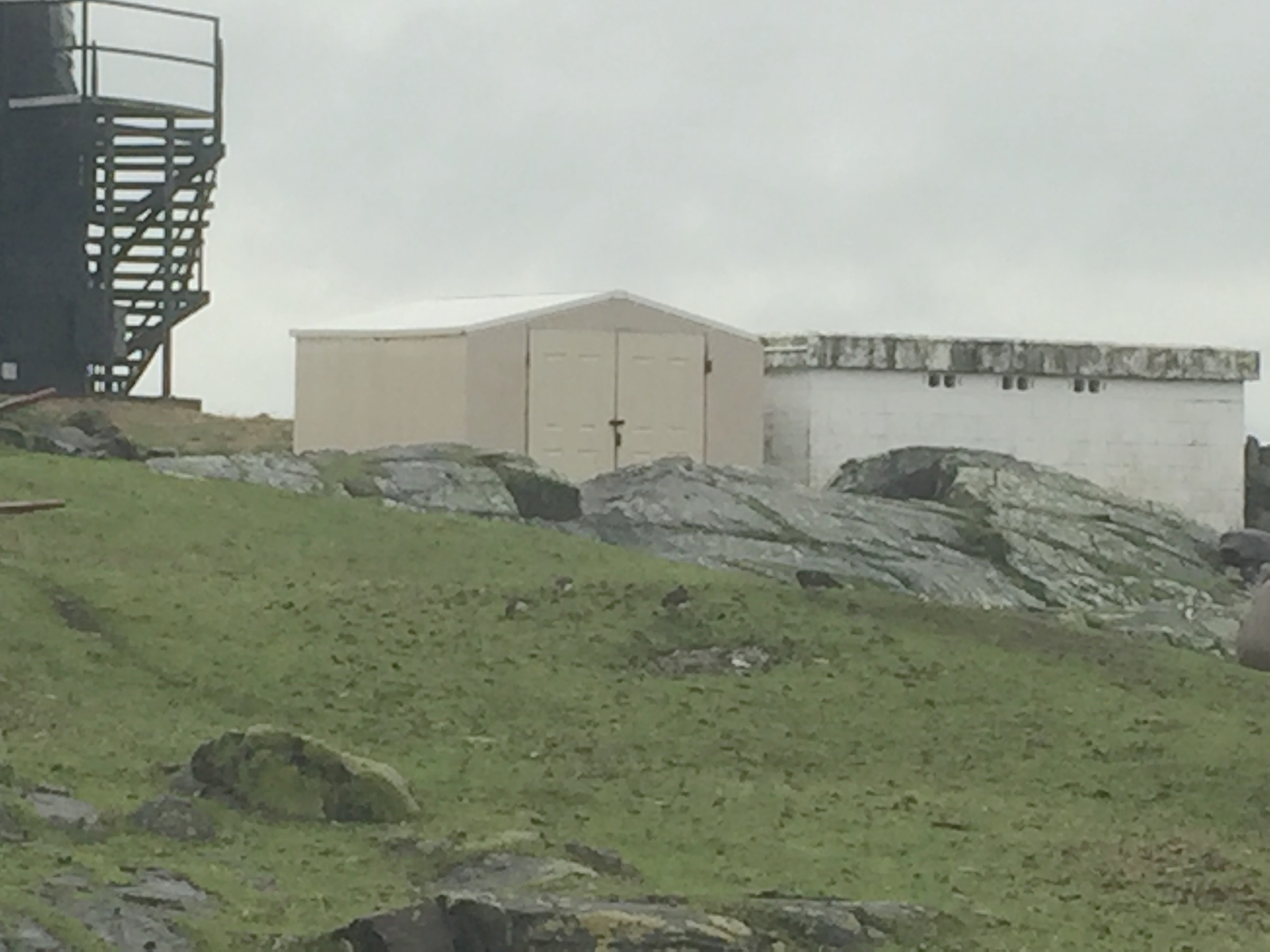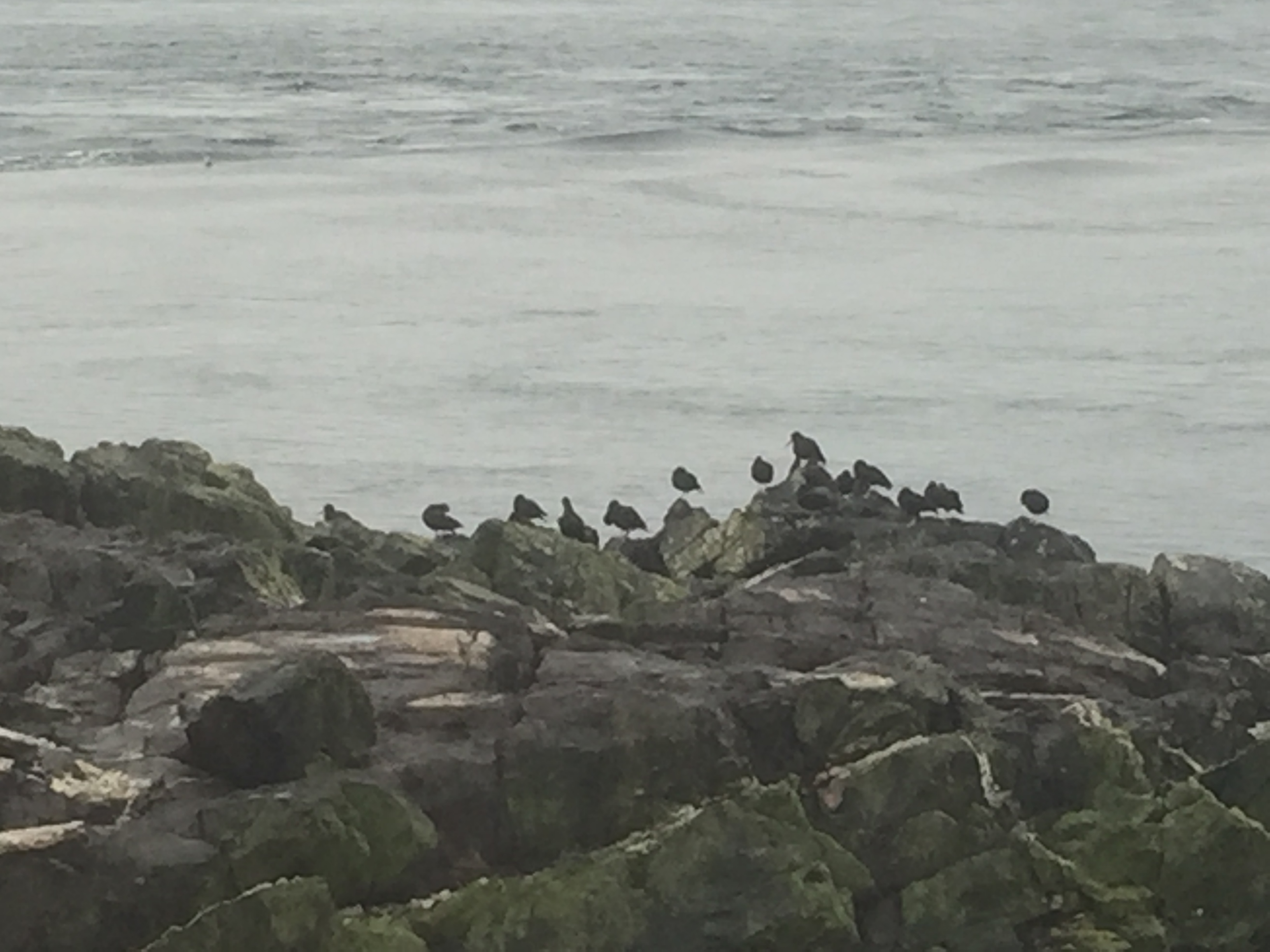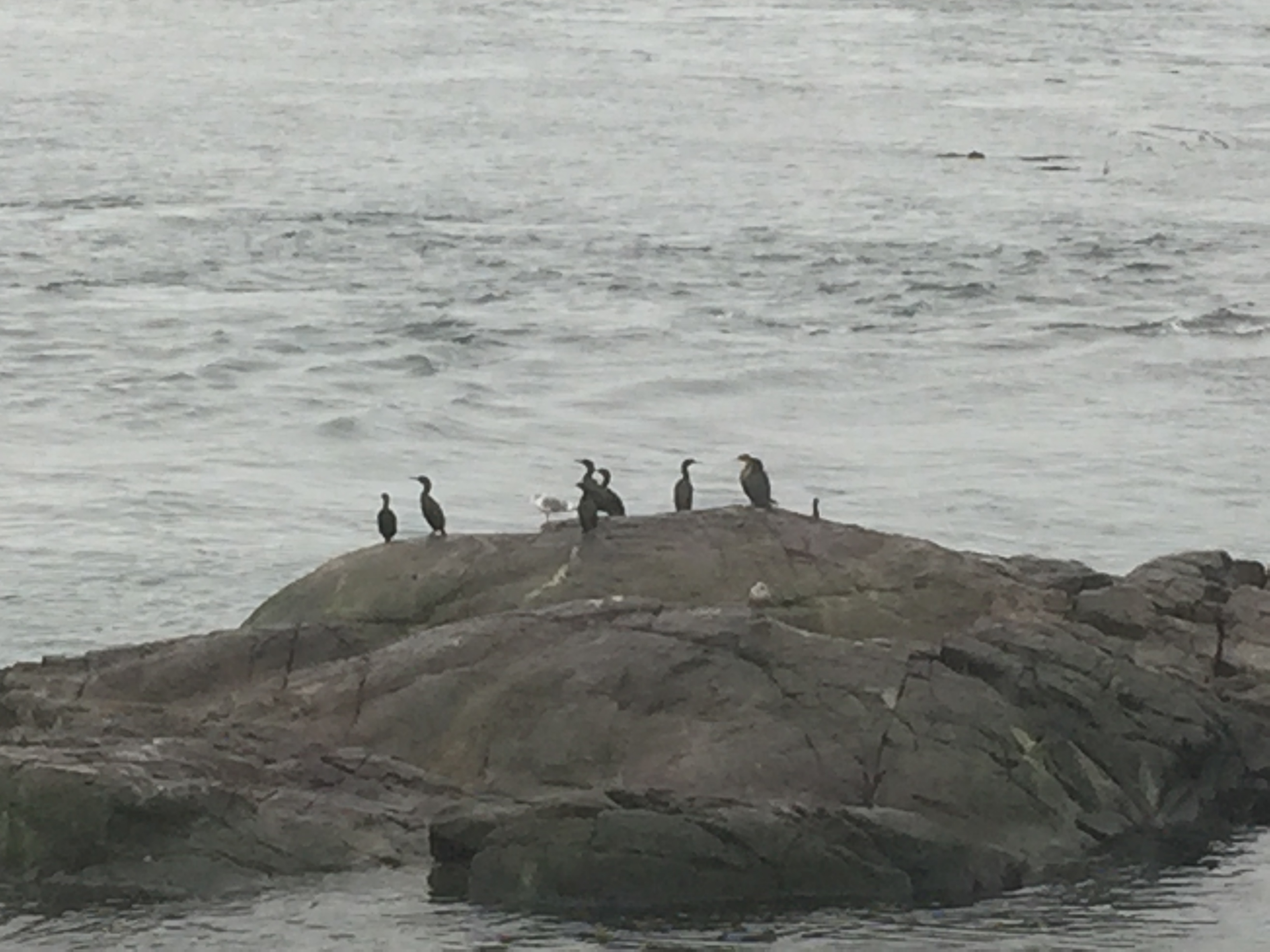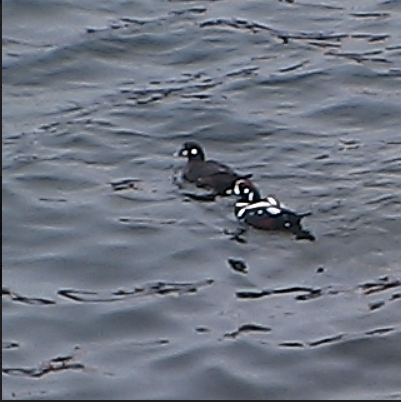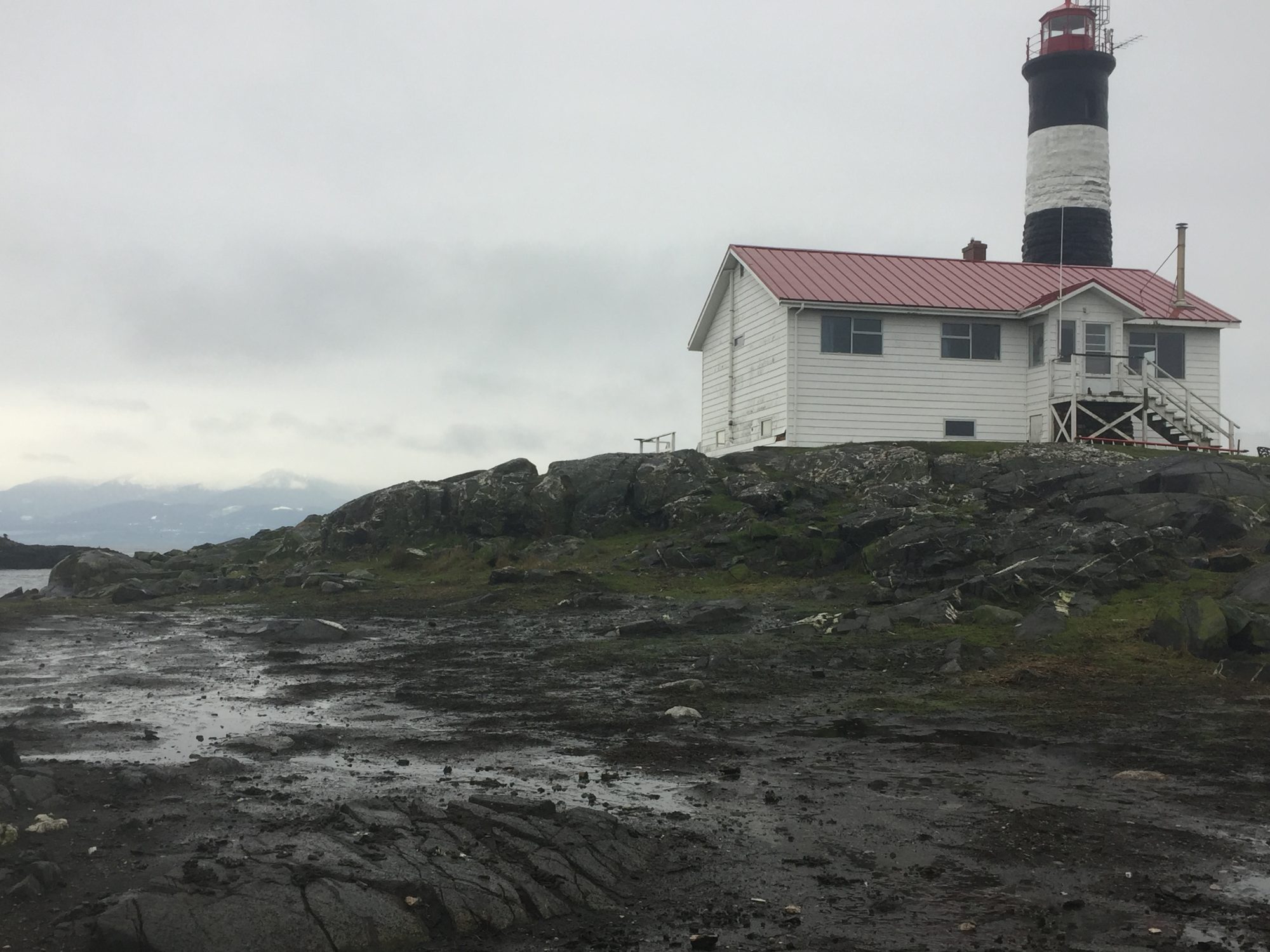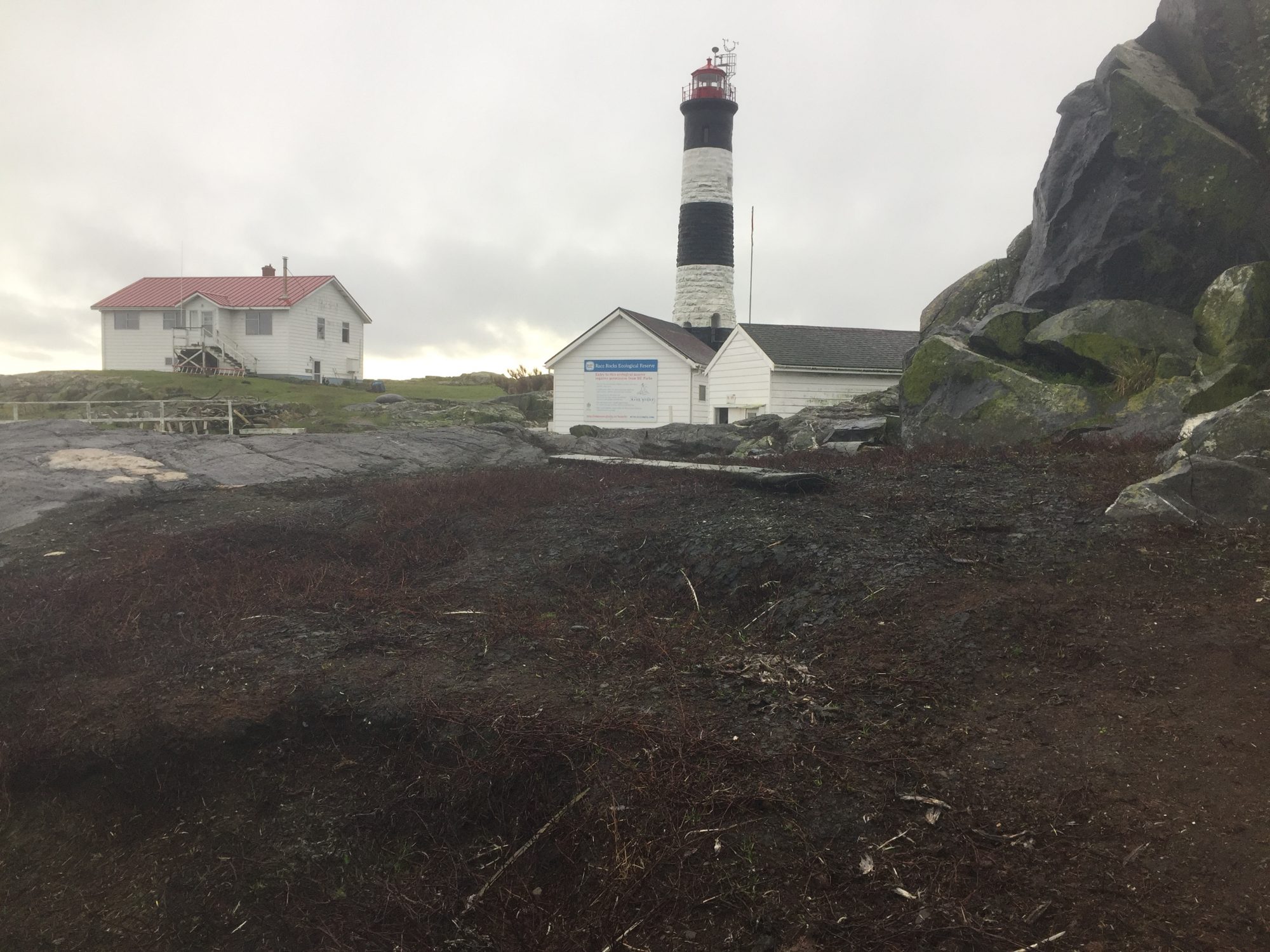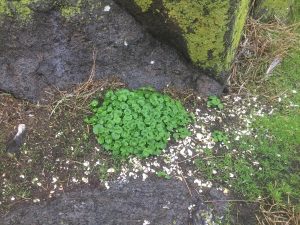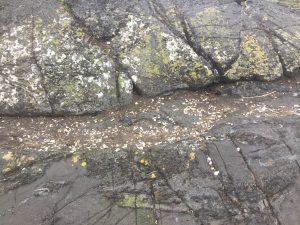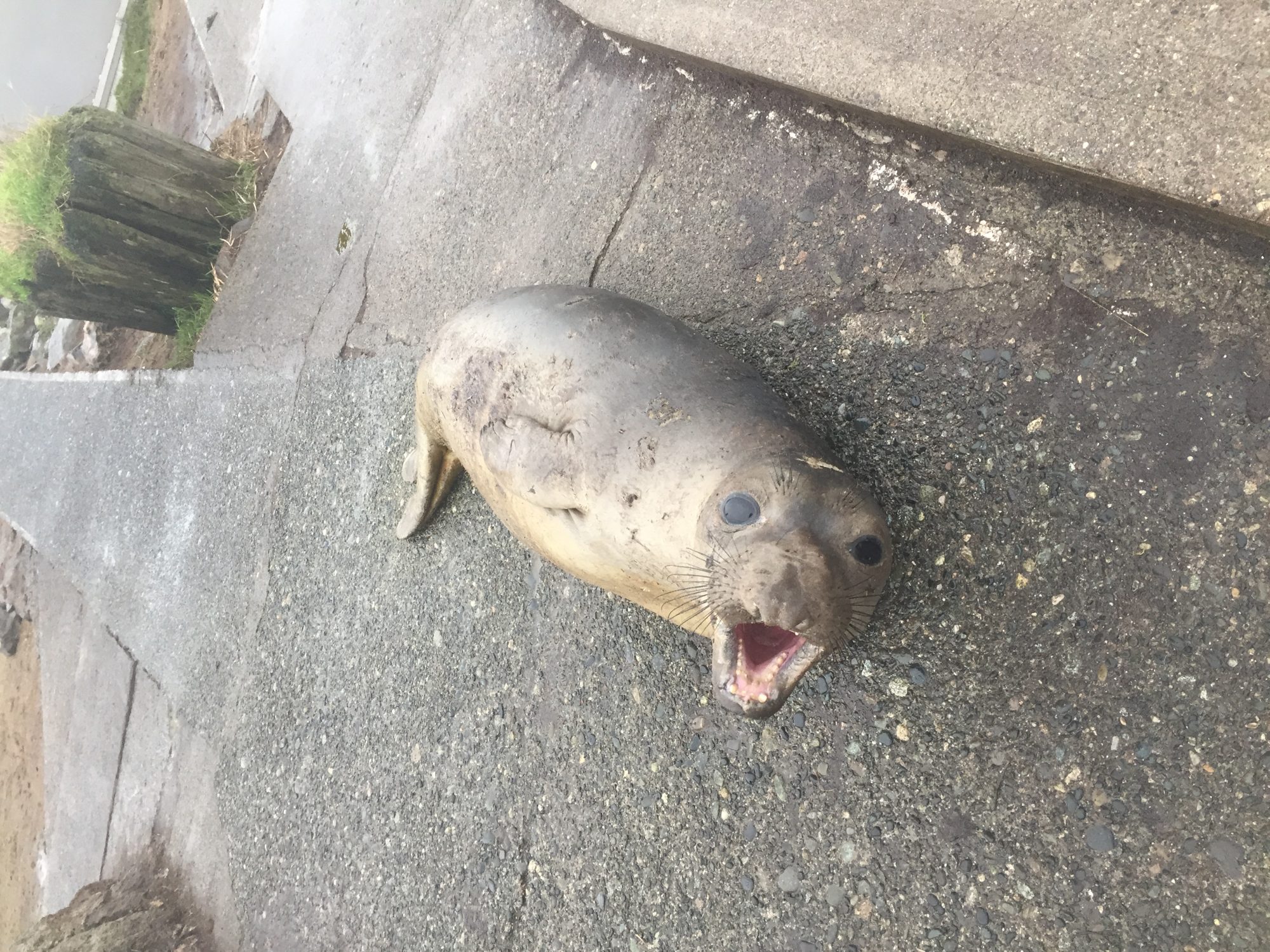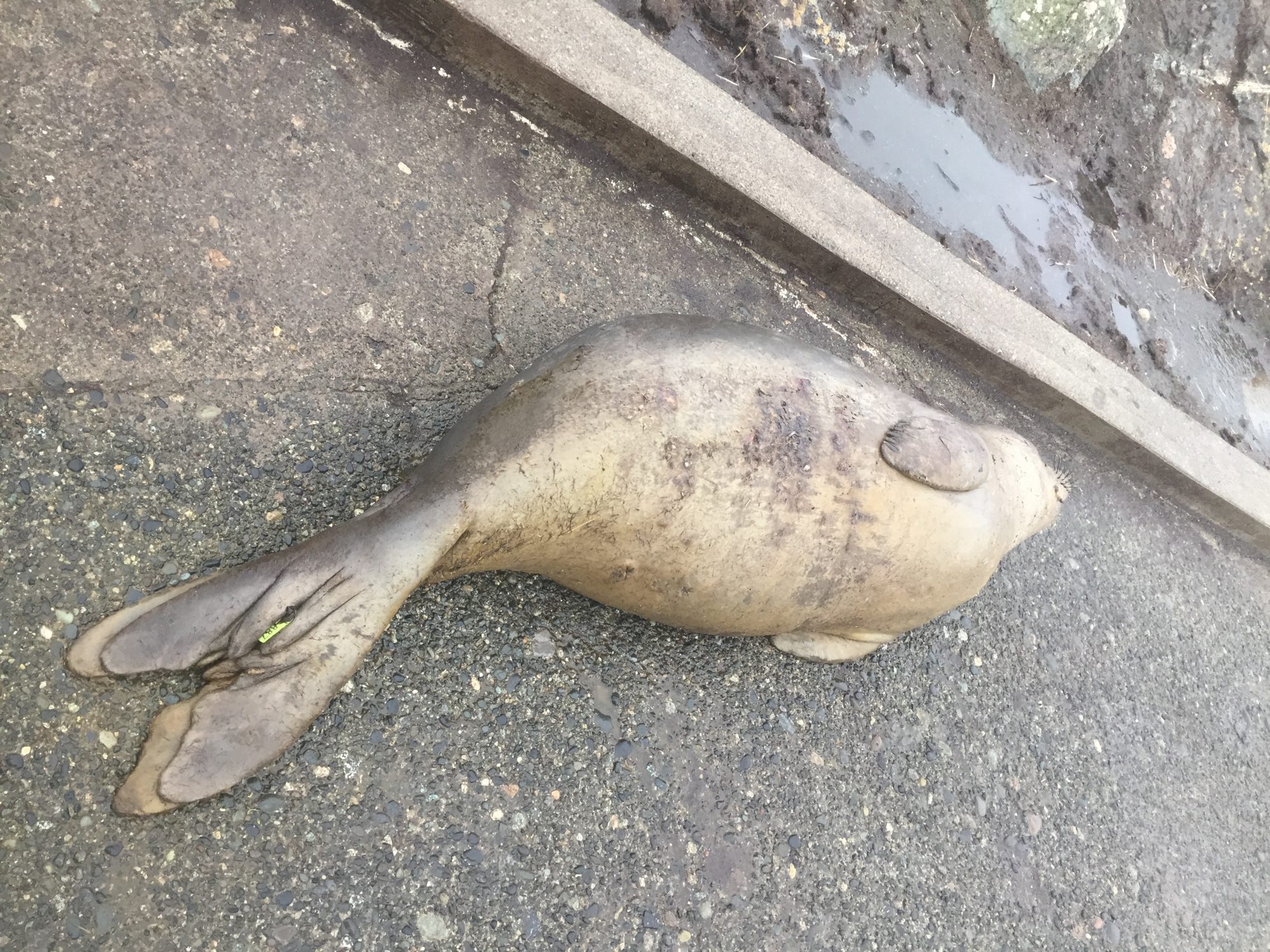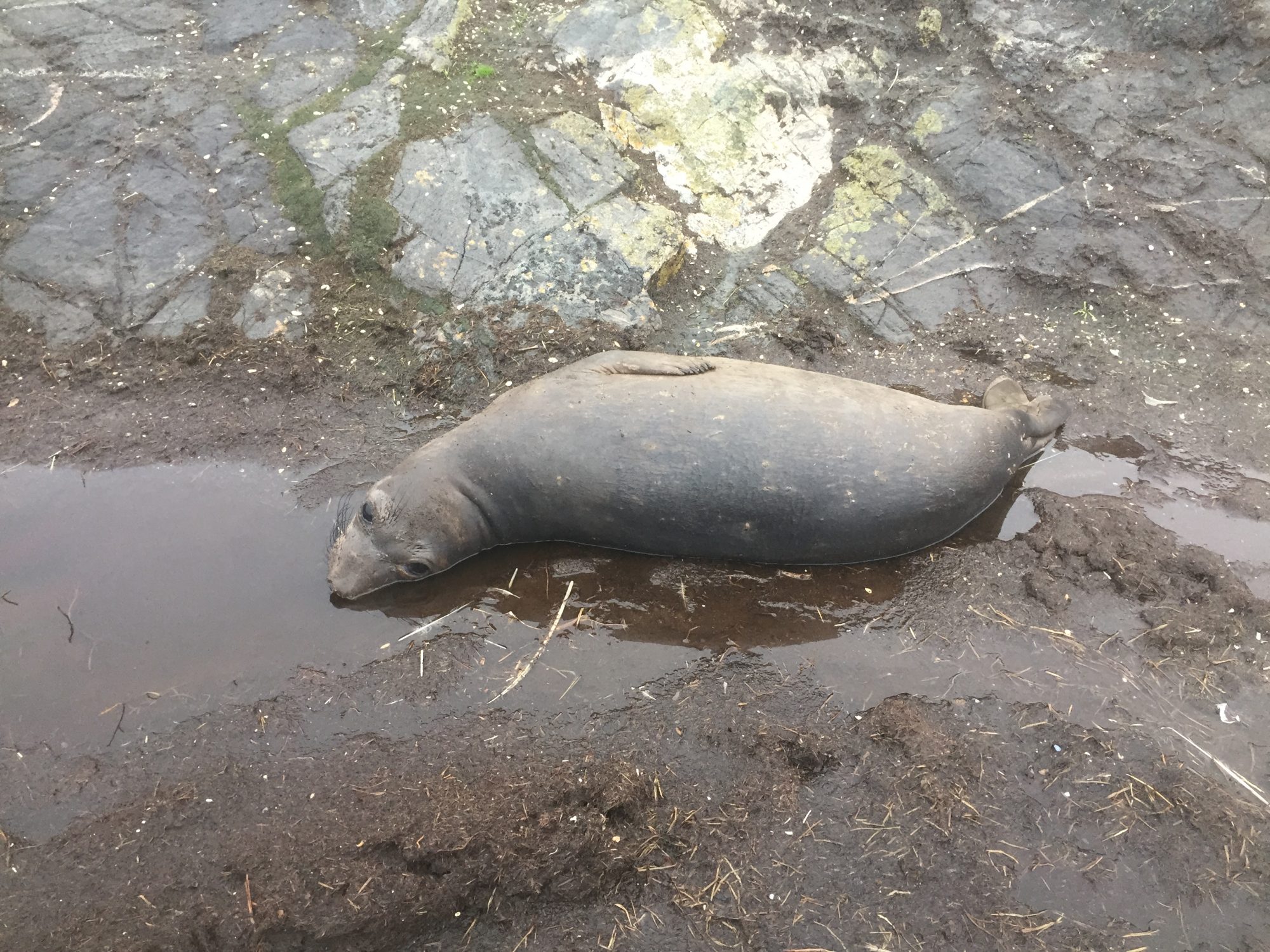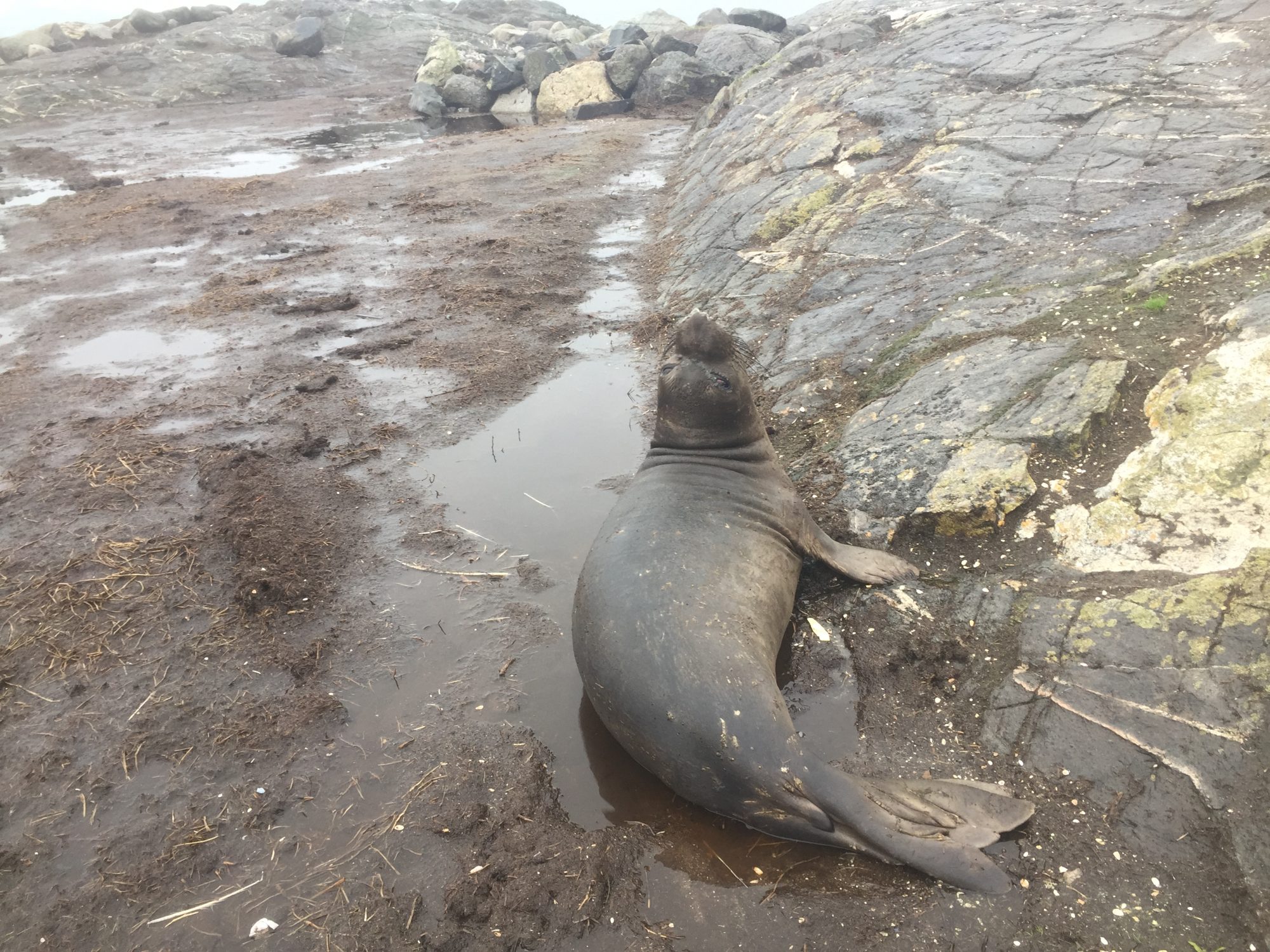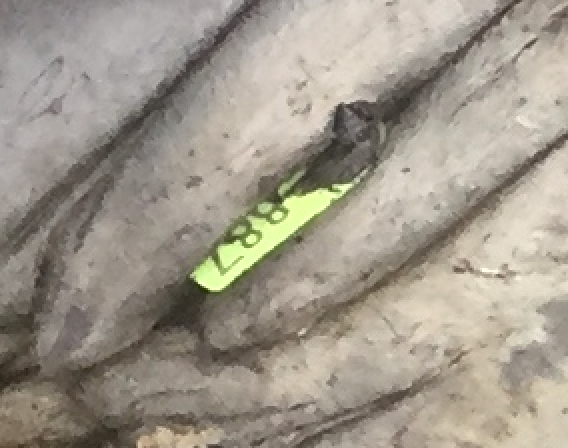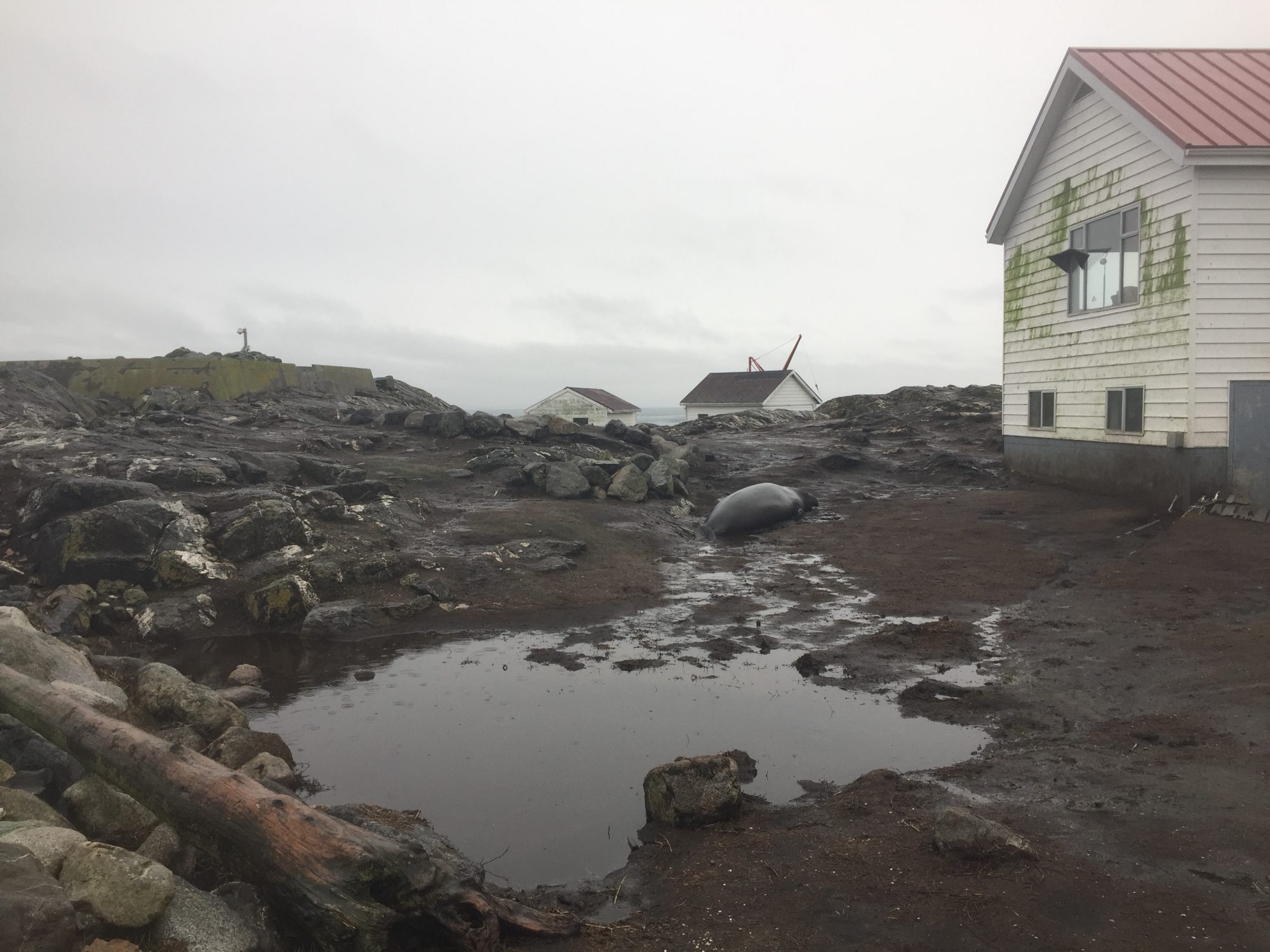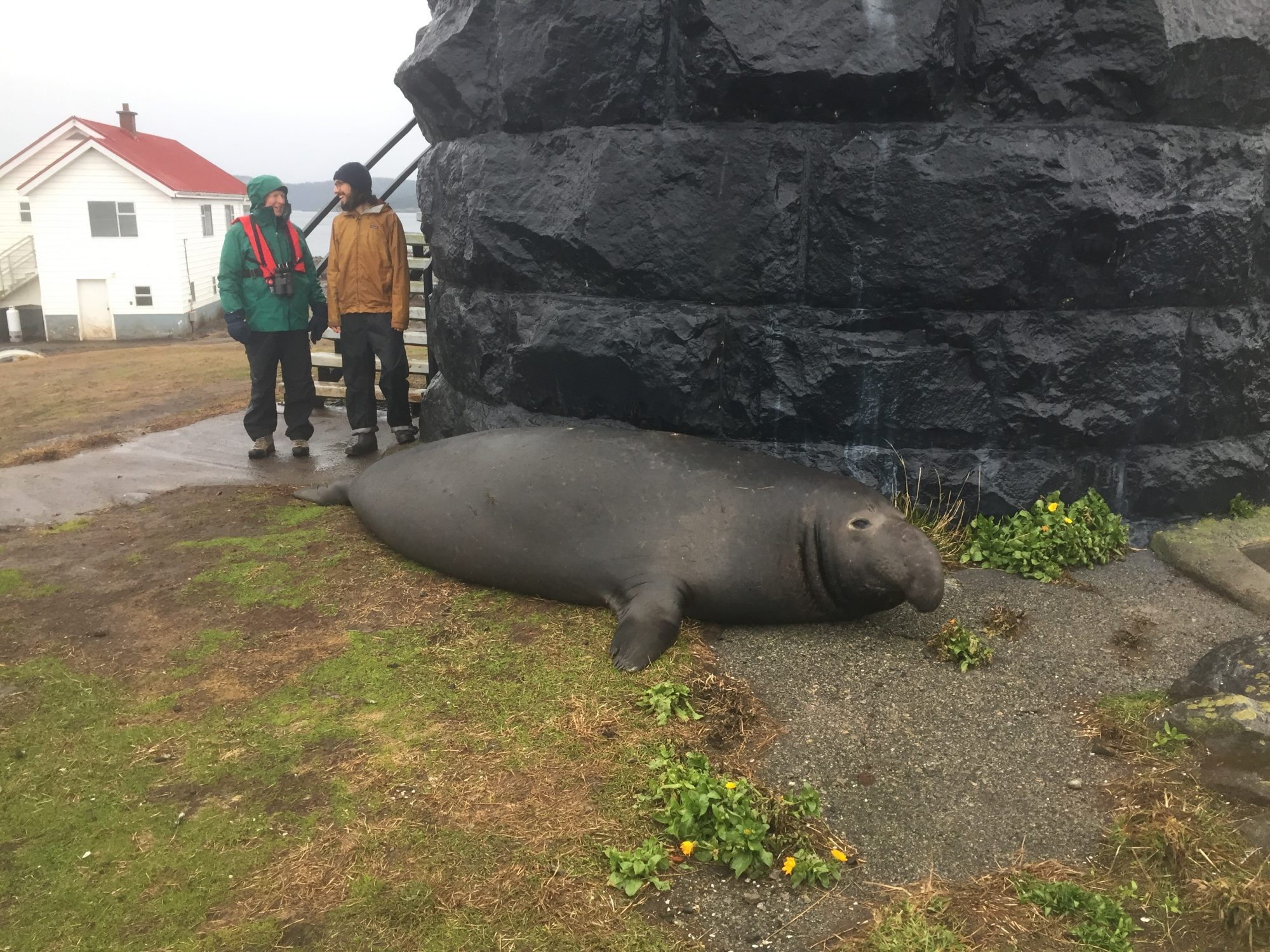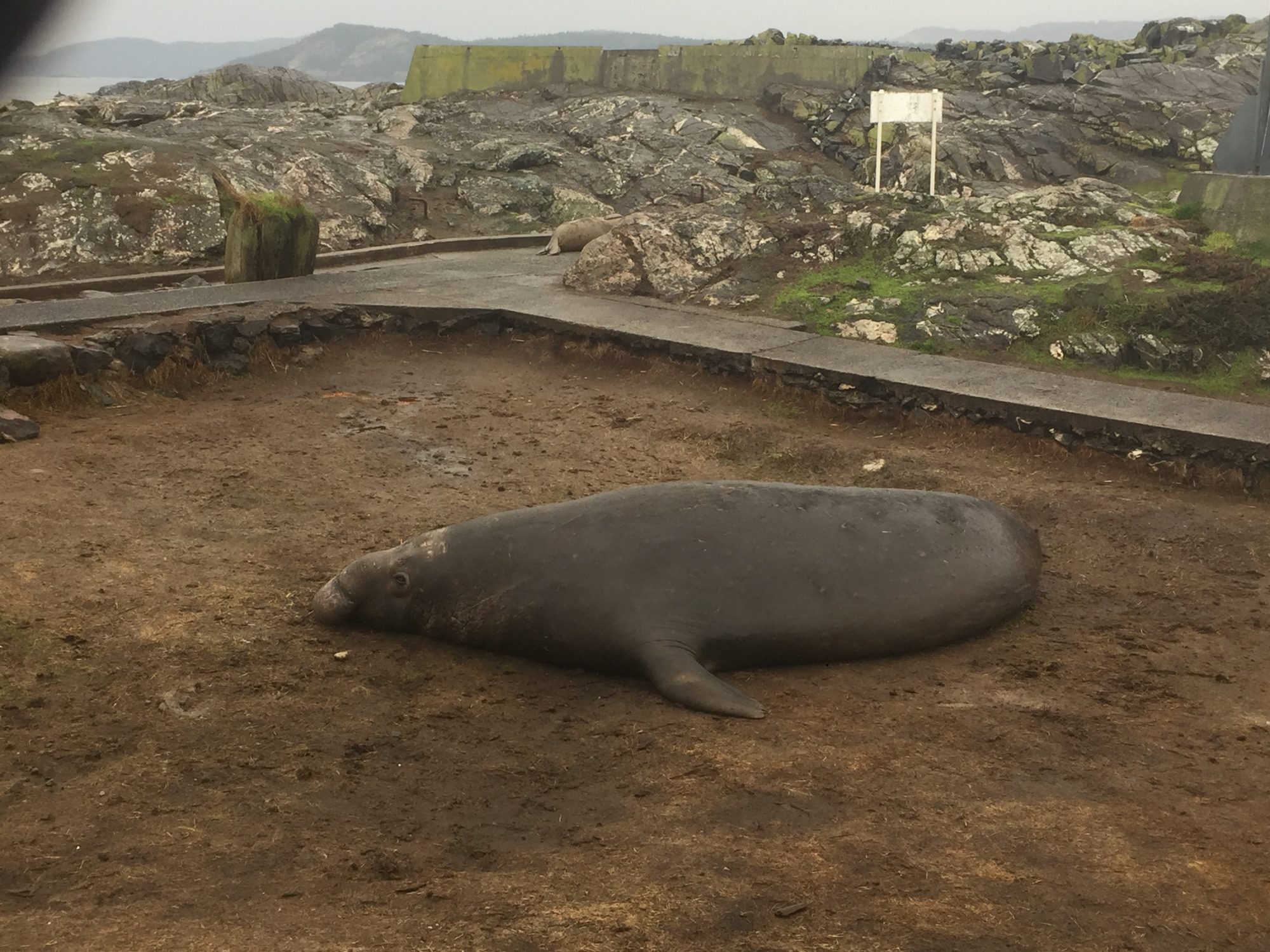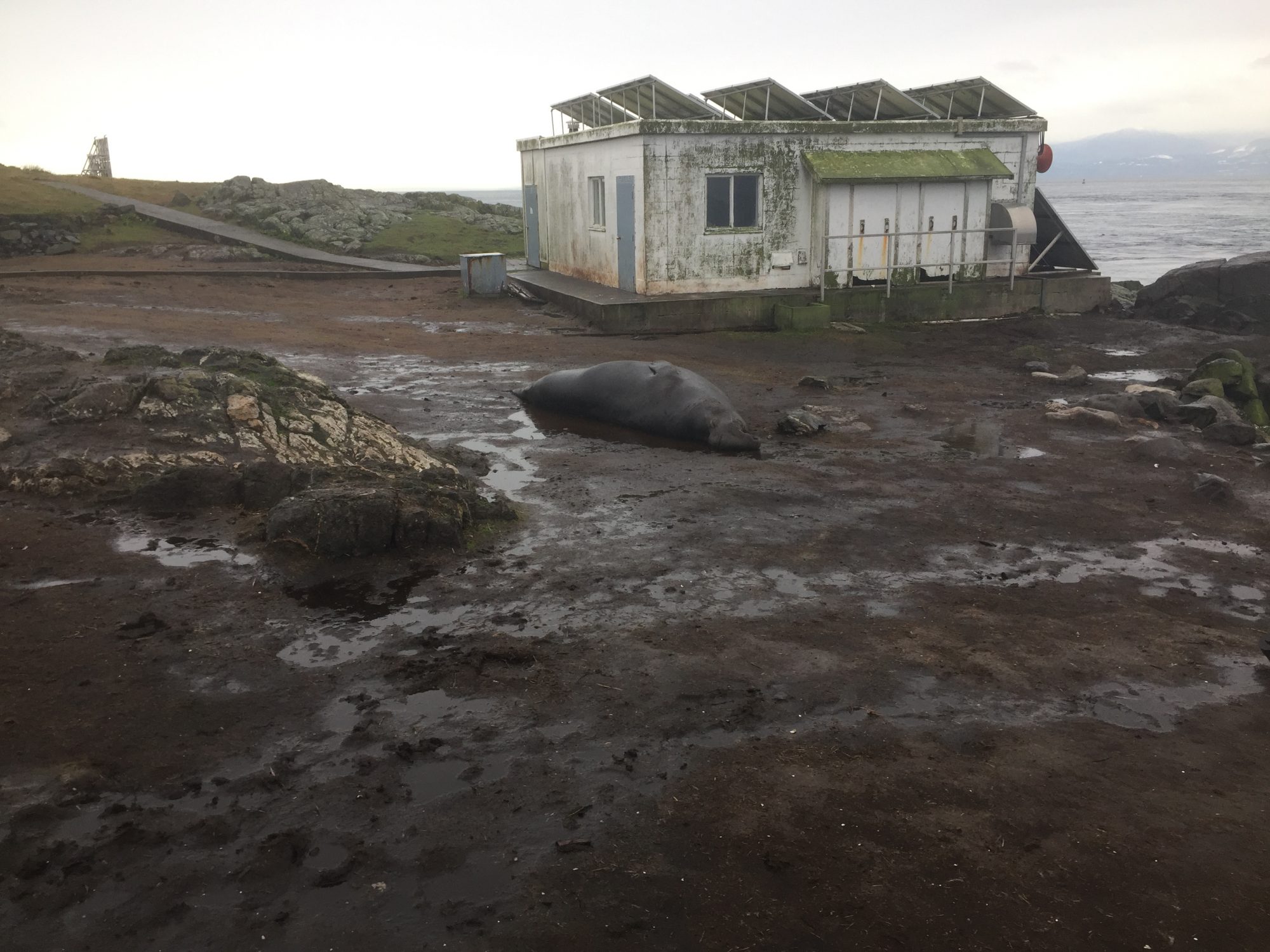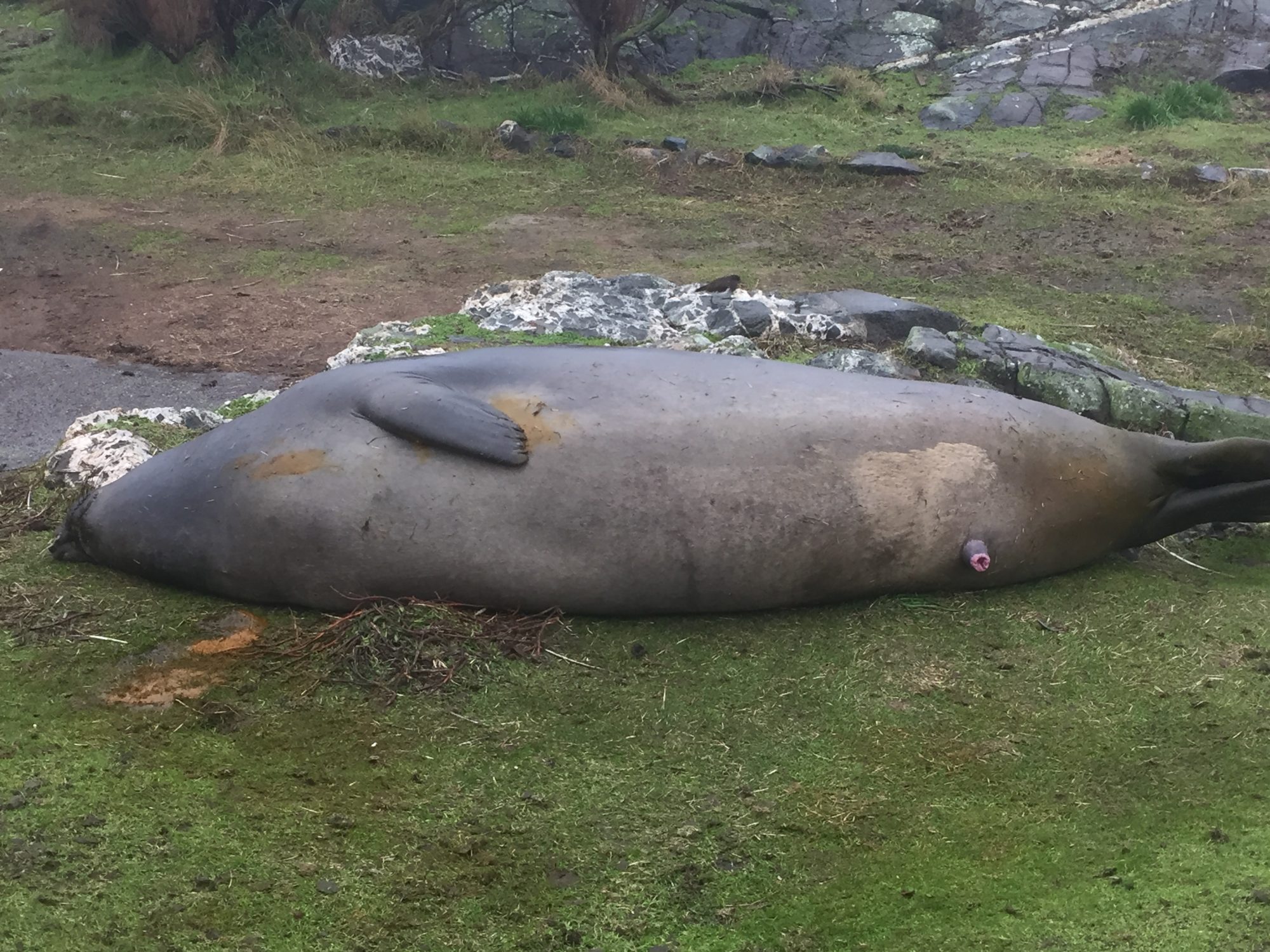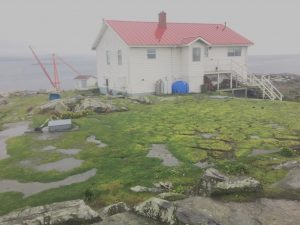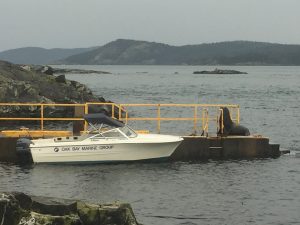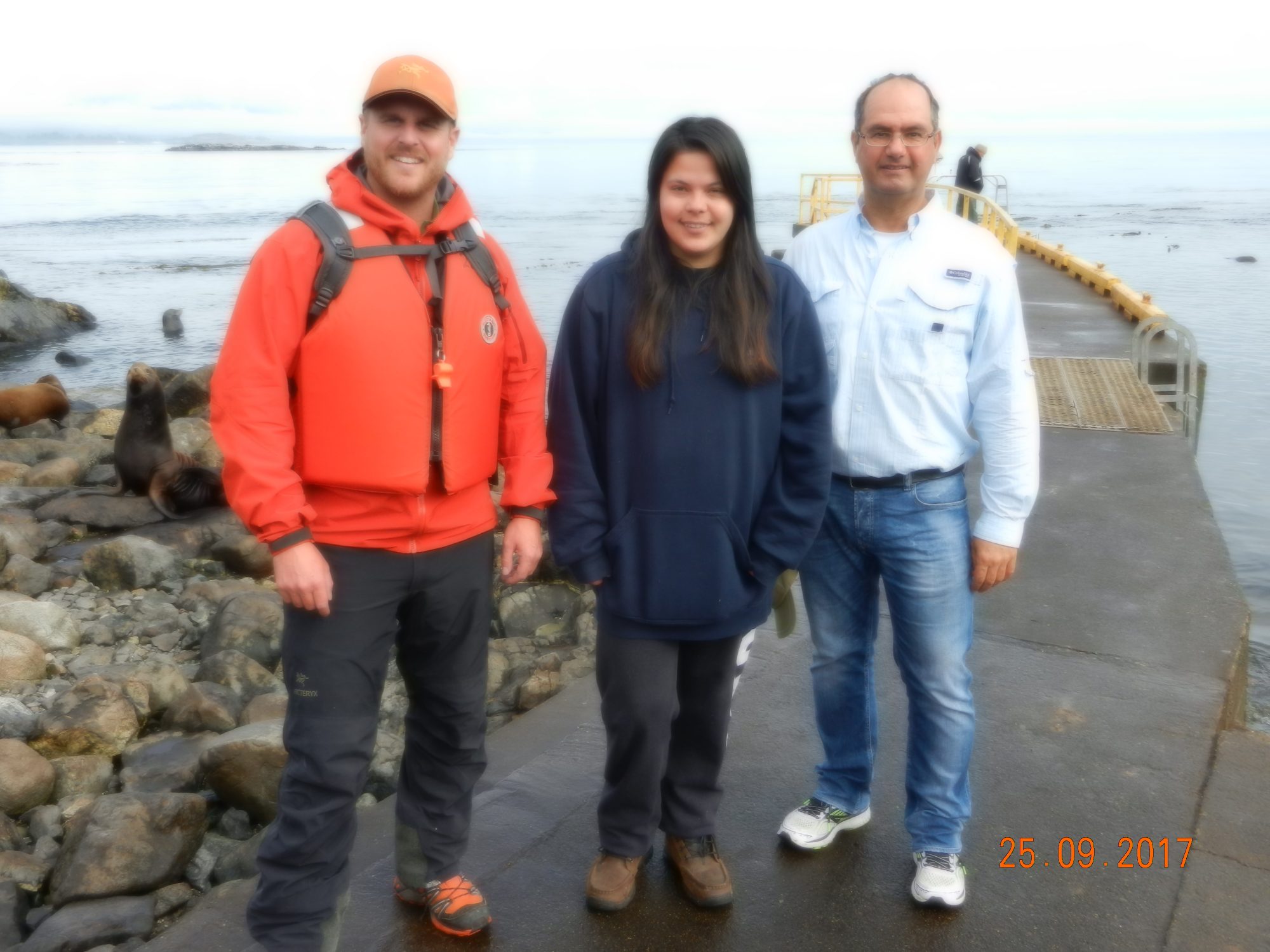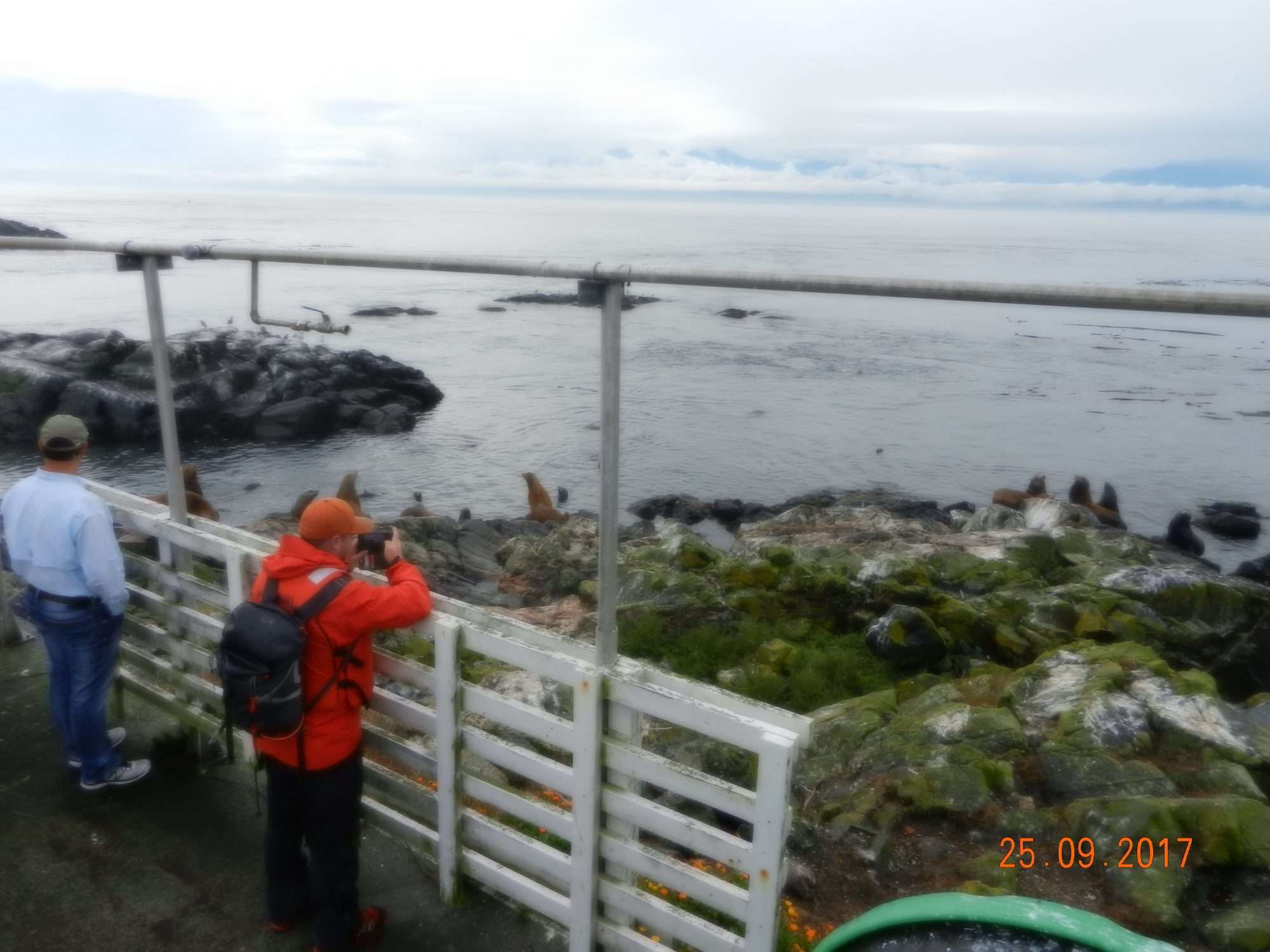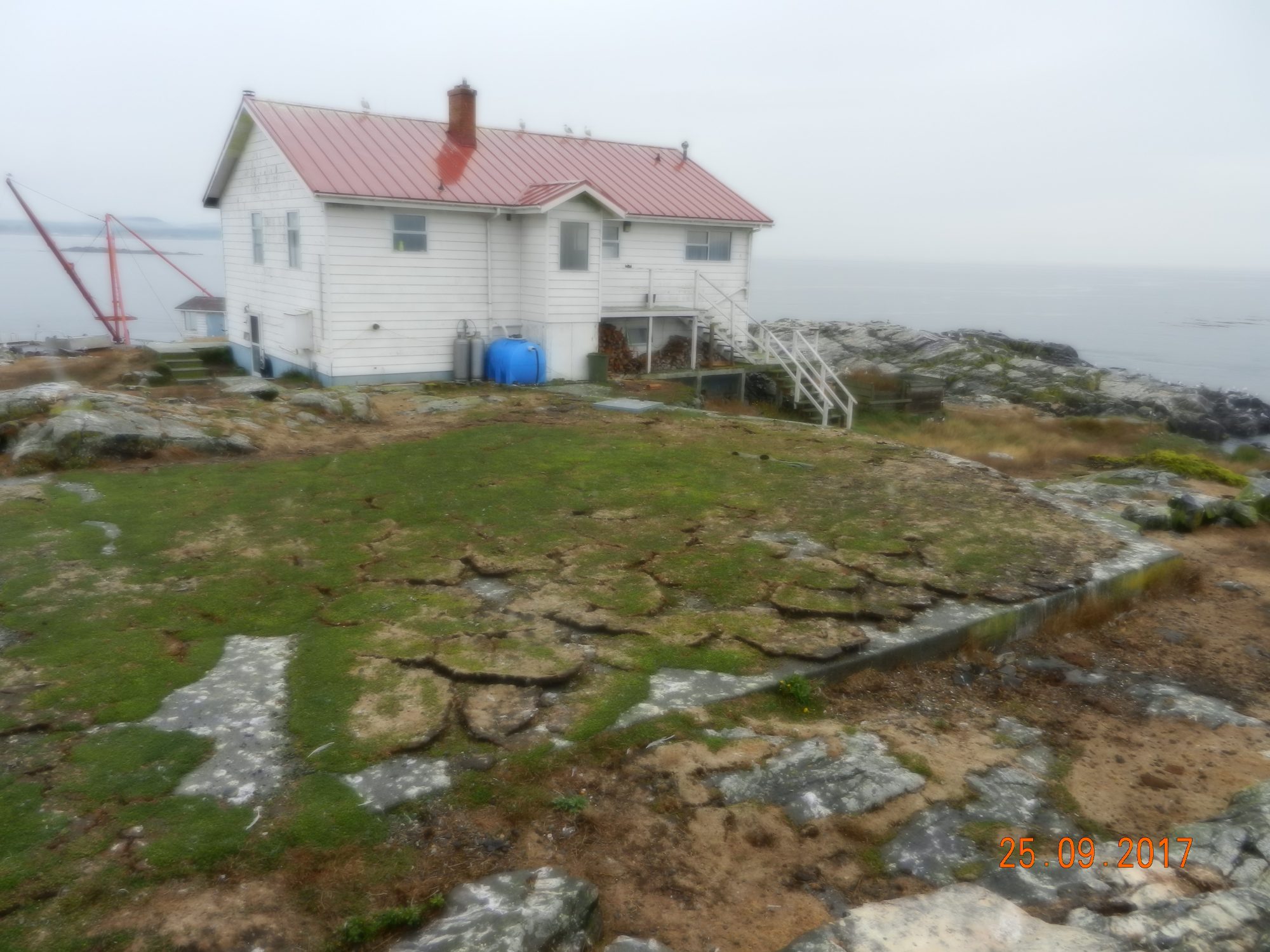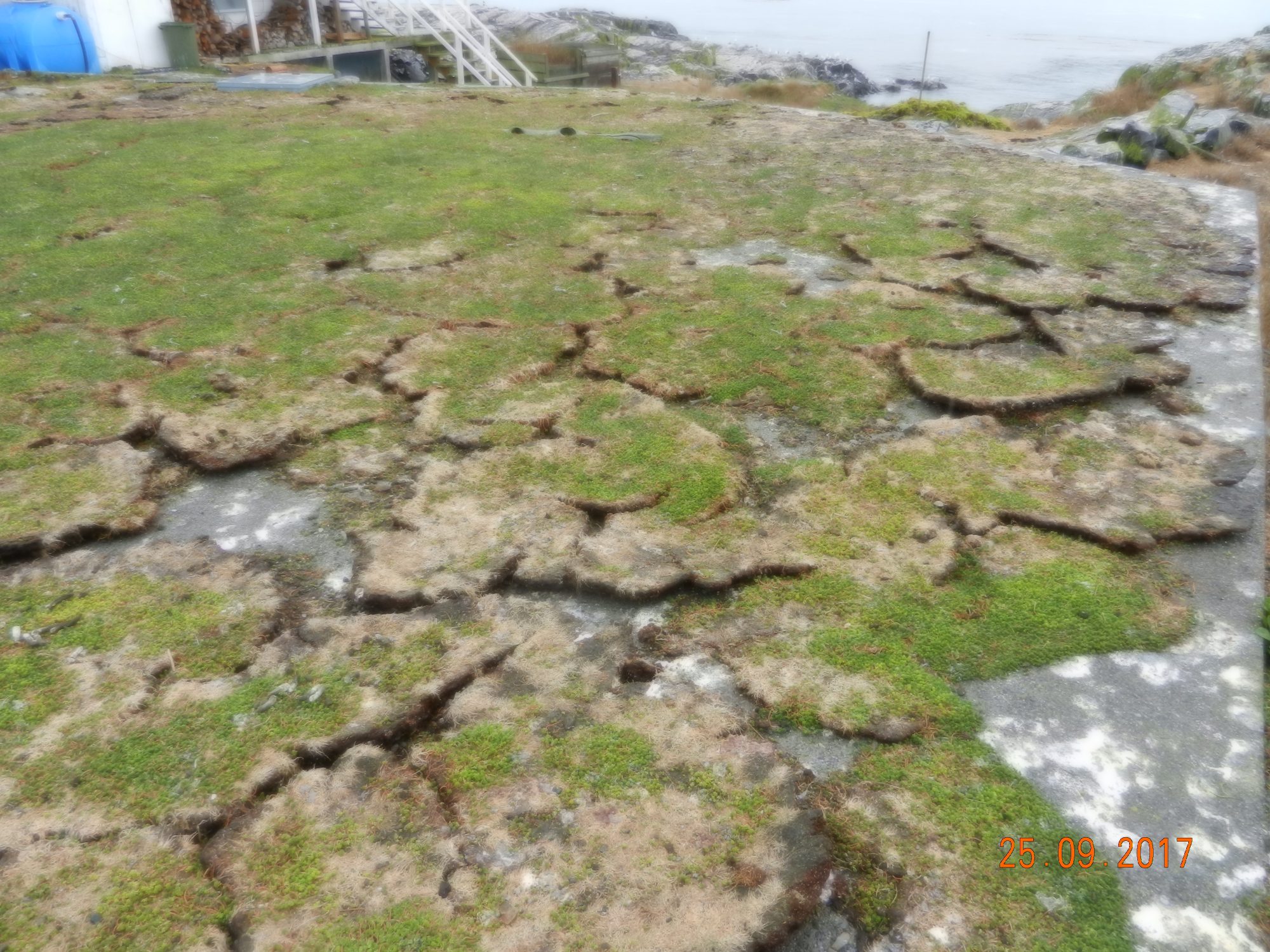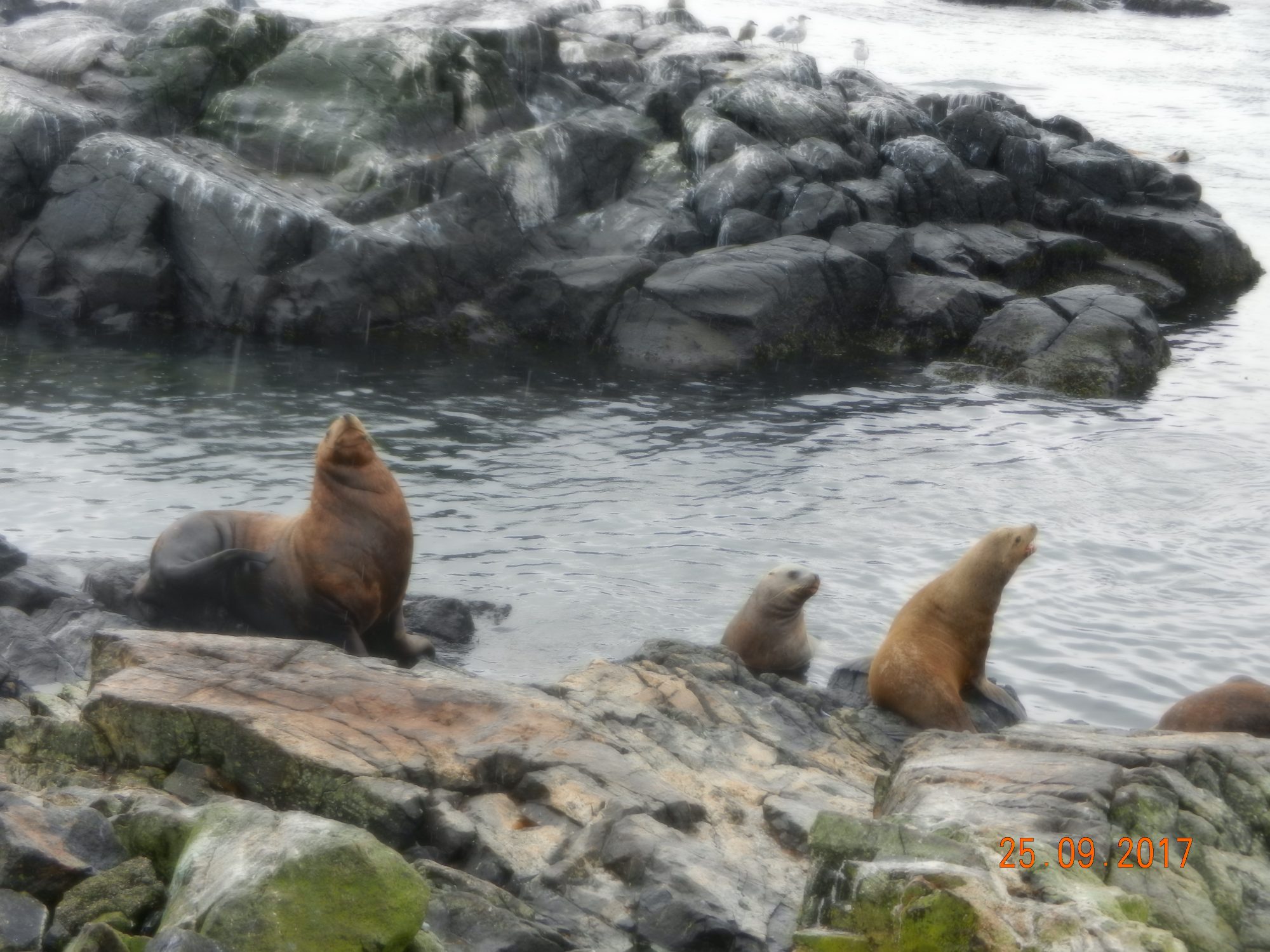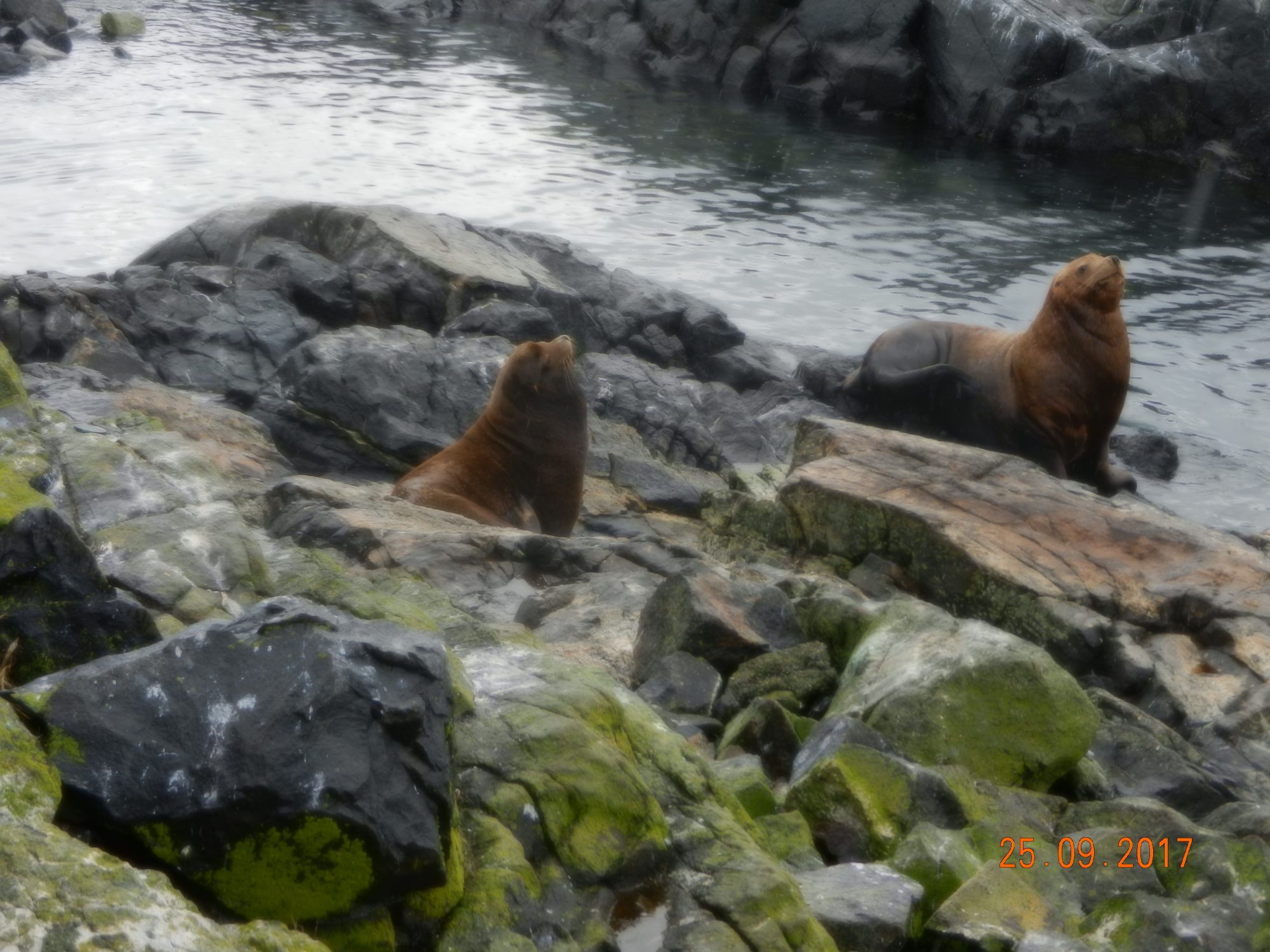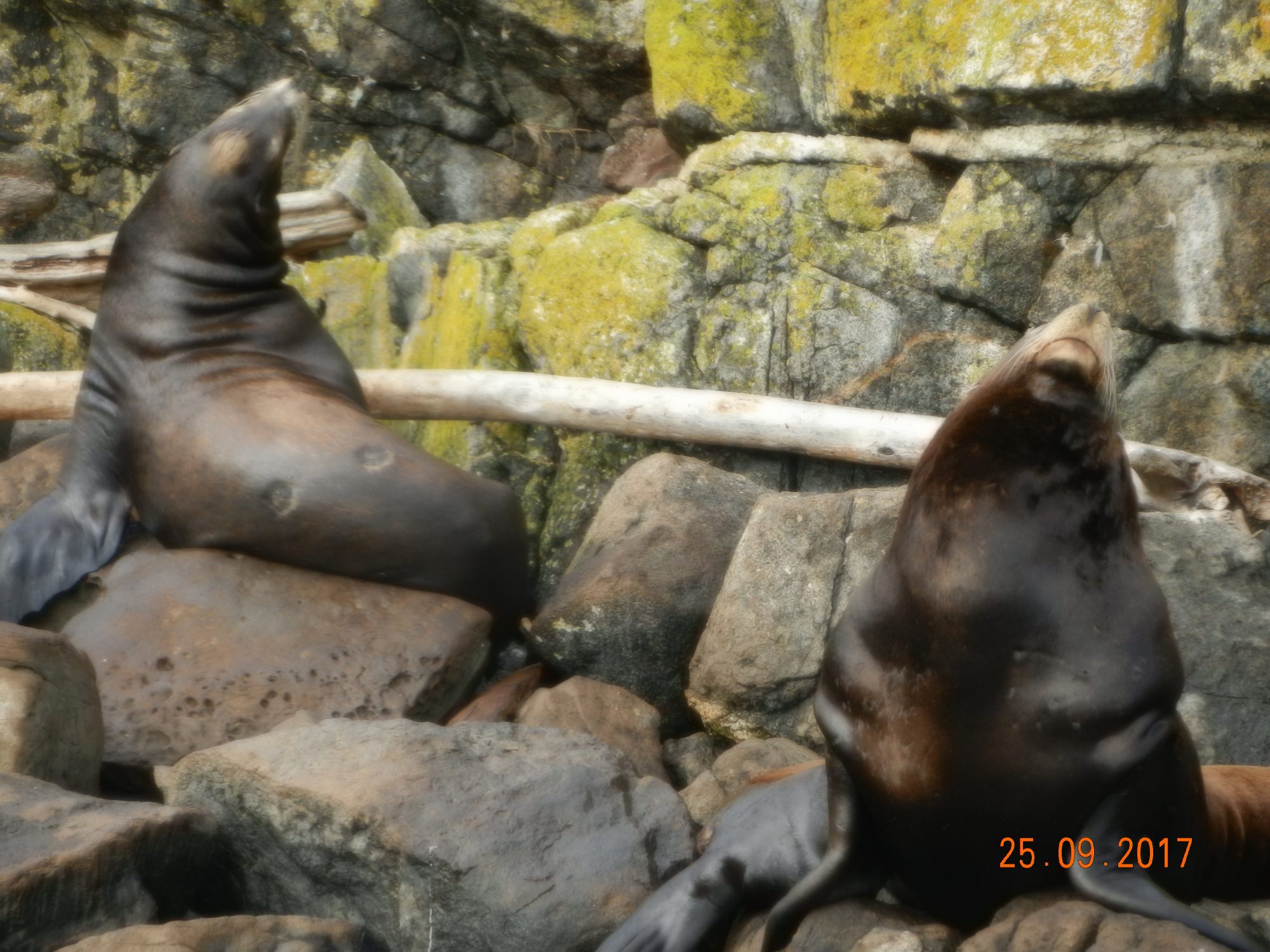Wind: yesterday mostly from W 4-22 knots, today N-NE 2-9 knots
Sea State: yesterday calm in morning 0.5m chop in afternoon, today calm
Visibility: both days 5-15 NM
Sky: yesterday overcast with patches of rain and sun, today partly cloudy
Temperature: both days 6-8 °C
Atmospheric CO2: 415.43 ppm (recorded by NOAA at Mauna Loa Observatory, Hawaii)
Census results from today:
6 elephant seals (2 female pups, 1 female juvenile, 3 female adults)
21 steller sea lions
62 california sea lions
1 sea otter
91 harbour seals
3 bald eagles (1 juvenile, 2 adults)
12 Canada geese
6 brandt’s cormorants
4 double-crested cormorants
10 pelagic cormorants
59 thayer’s gulls
12 black oystercatchers
14 harlequin ducks
108 pigeon guillemots
56 surfbirds
26 black turnstones
1 killdeer
1 song sparrow
There were no boats in the ecological reserve over the past two days.
- The youngest elephant seal pup practicing her water skills in the shallow water by the boat ramp and jetty.
- Recently, the harbour seals have been hauling out around the shoreline of main island and nearby shoals. In the winter, they only hauled out on the outer islands away from the boisterous sea lions.
- More harbour seals
- A Canada goose sitting on a nest made of grass and feathers. She lay seven eggs about the size of tennis balls.
- The older of the two female pups likes daffodils.
- The adult female elephant seals are showing more signs of moulting. This one on the left has shed some of her whiskers as well as fur around her eyes, nose and mouth. The white stuff is snot.
- A view from the tower of a sea otter grooming itself on the intertidal rock near three harbour seals.
- A sea otter napping in the water. Can you see the camouflaged harbour seal on the left?
- Another view from ground level of the sea otter grooming itself on a rock with a harbour seal looking on.
- A song sparrow perched on a rock ledge on the south side of the house. The succulent plant growing around the rocks is called sedum anglicum or English stonecrop, an introduced species from a lightkeeper in the 1980’s.
